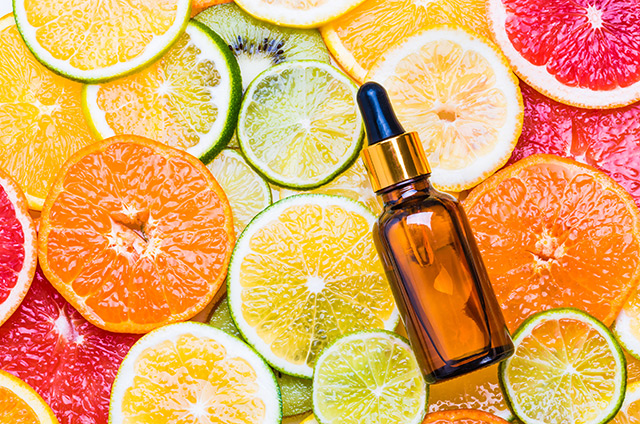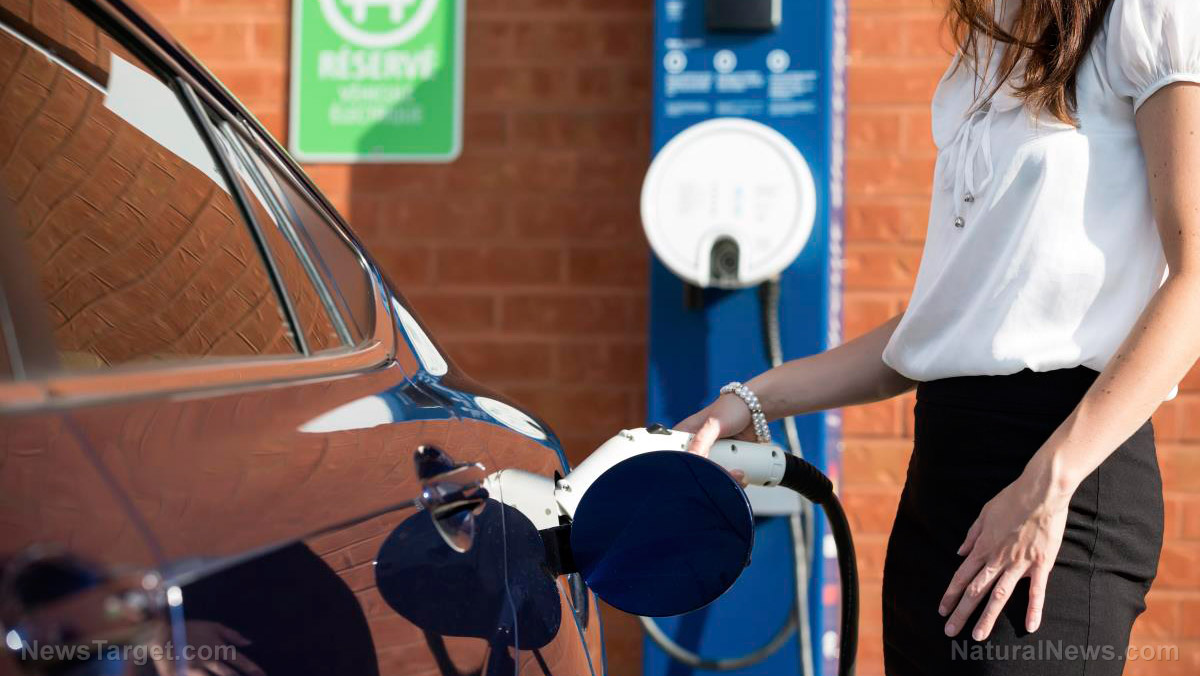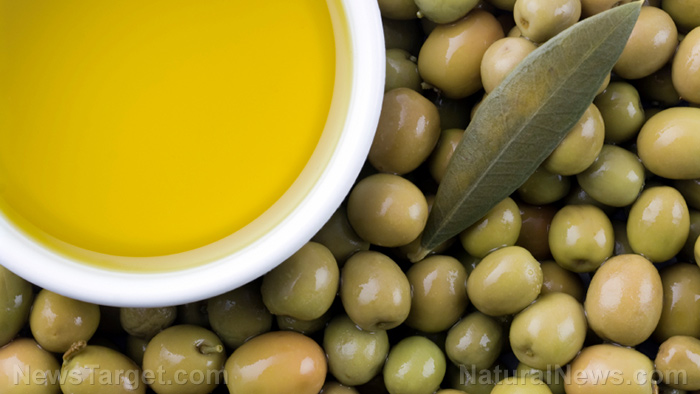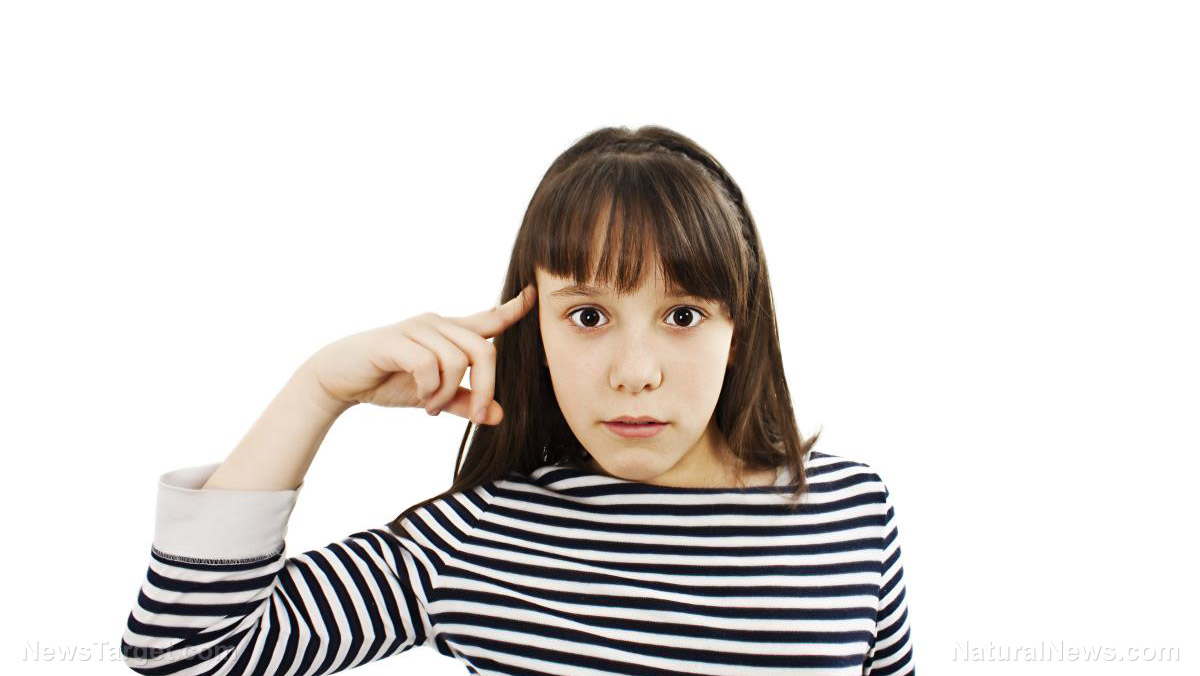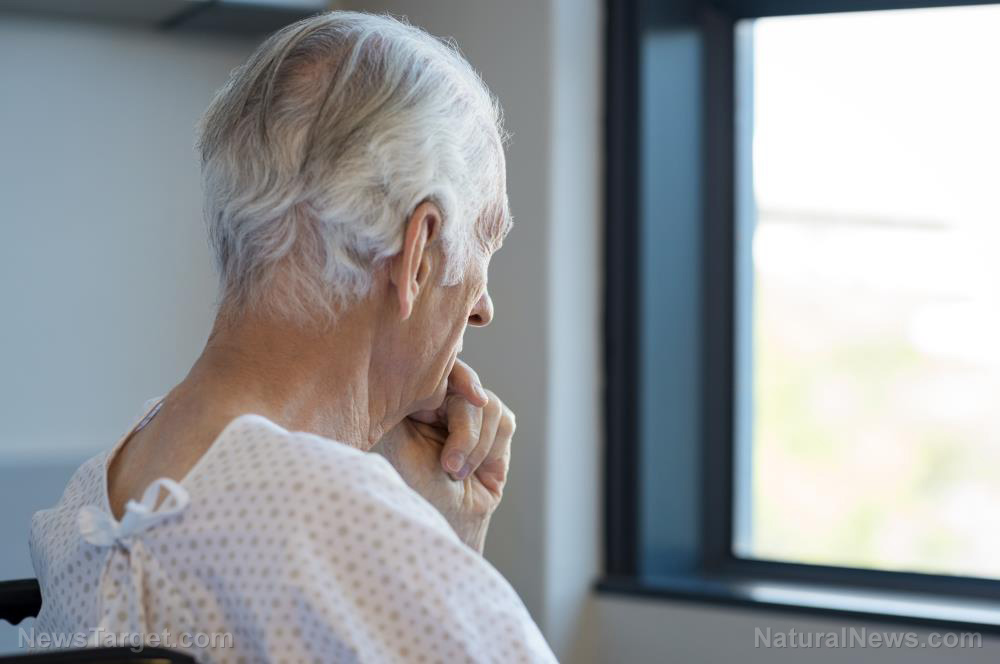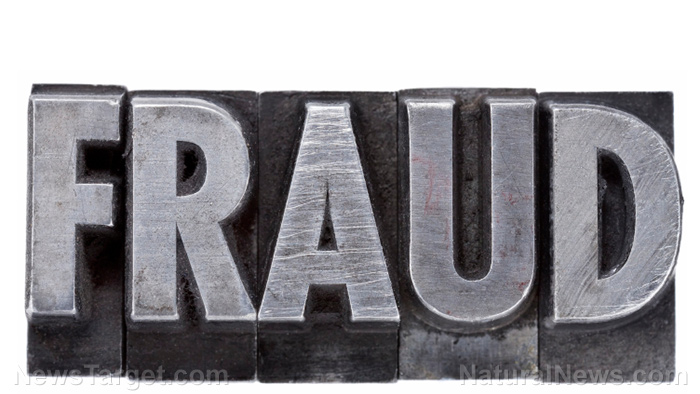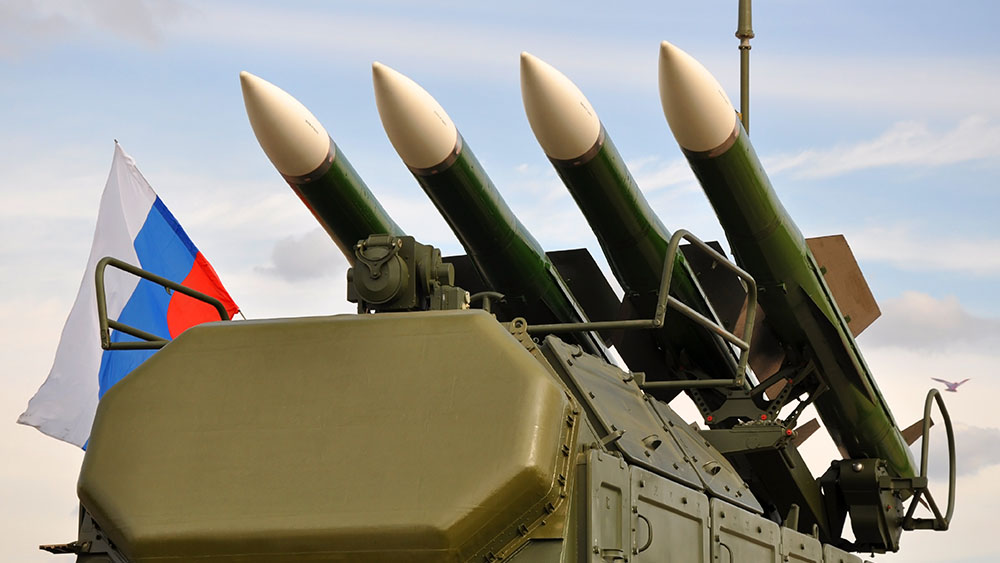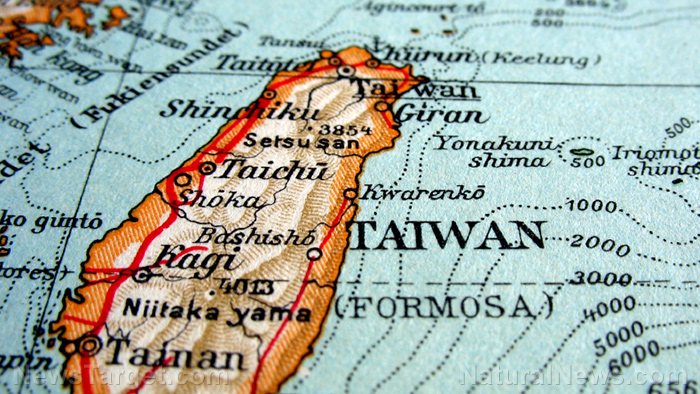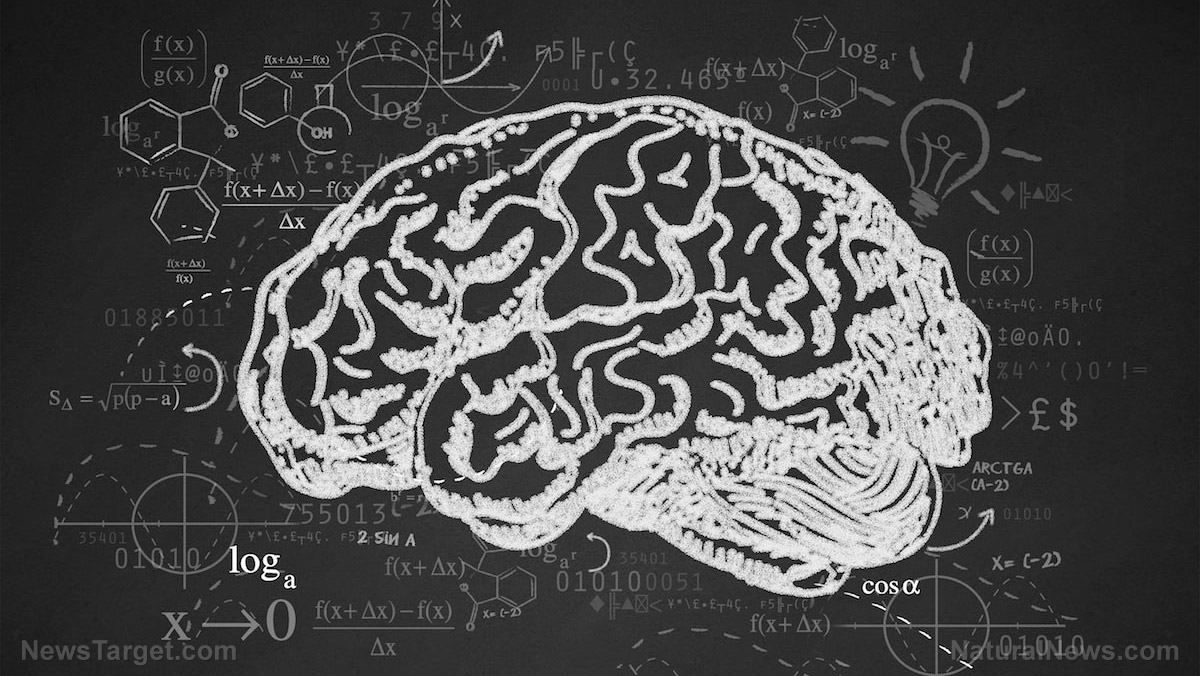
- Pickleball’s explosive popularity isn’t just about fun — it’s a neurological powerhouse, blending physical exercise with cognitive challenges that stimulate brain growth.
- The sport enhances proprioception (your brain’s GPS for body movement), a skill that deteriorates with age but is critical for balance, coordination, and fall prevention.
- Social interaction on the court acts as a shield against cognitive decline, with studies linking loneliness to a 28 percent higher dementia risk.
- Simple drills — even playing catch — can mimic pickleball’s brain benefits, proving you don’t need a paddle to start protecting your mind.
A game of inches — and neurons
When Louisa Nicola, a neurophysiologist who bridges the gap between elite athletics and brain science, first examined pickleball through her lens of expertise, she saw something remarkable: a sport that doubles as proprioceptive training. That’s a fancy term for your brain’s ability to track your body in space — where your feet are planted, how your arm angles to meet a flying ball, the split-second calculations that turn a stumble into a save. “You cannot achieve anything without understanding where you are in space and time,” Nicola explains, her voice carrying the weight of someone who’s studied how athletes’ brains outmaneuver opponents before their bodies even move. Proprioception isn’t just about athletic prowess; it’s the silent guardian of aging gracefully. As we grow older, this internal GPS weakens, leaving us more prone to falls, clumsiness, and the frustrating sense that our bodies have betrayed us. But sports like pickleball? They’re like a tune-up for the brain’s wiring. Consider the mechanics: A player lunges for a low shot, paddle extended, eyes locked on the ball’s spin. Their brain isn’t just processing visual cues — it’s juggling depth perception, reaction time, and the physics of momentum, all while calculating the opponent’s next move. “It’s a full sensory experience,” Nicola says. “Light, sound, touch—they’re all firing signals to your brain, forcing it to adapt and grow.” This isn’t just exercise; it’s neuroplasticity in action, the brain’s ability to rewire itself like a muscle getting stronger with each rep. Historically, scientists have known that physical activity floods the brain with oxygen and glucose, the fuel it craves. A landmark 2014 study revealed that just 30 minutes of moderate cardio could sharpen cognitive function across all ages. But pickleball adds a layer of cognitive cardio — the kind that doesn’t just keep neurons alive but coaxes new ones to sprout, particularly in the hippocampus, the brain’s memory command center. For an aging population staring down the barrel of Alzheimer’s and dementia, this isn’t just encouraging; it’s revolutionary.The social brain’s secret weapon
Here’s a hard truth: Loneliness doesn’t just break hearts — it erodes minds. A study published this year in the Journal of American Geriatrics Society dropped a bombshell: Social isolation spikes dementia risk by 28 percent. That’s a statistic that should make us all put down our phones and pick up a paddle. Pickleball, with its smaller courts and slower pace, is inherently social in a way that solo gym sessions or even jogging can’t match. It’s a game of doubles, of high-fives and trash talk, of the kind of laughter that comes when you’re too busy having fun to notice you’re exercising. “The social component is non-negotiable for brain health,” Nicola emphasizes. “We evolved as tribal creatures. Our brains need connection to thrive.” This isn’t just feel-good fluff. Oxytocin — the “bonding hormone” released during positive social interactions — acts like Miracle-Gro for neurons, reducing stress and inflammation while enhancing memory. Meanwhile, the strategic banter and teamwork on the court engage the prefrontal cortex, the brain’s CEO, responsible for decision-making and impulse control. In essence, every match is a mini-workout for your executive function. And let’s talk about the addictive alchemy of improvement. Pickleball’s learning curve is gentle enough to hook beginners but steep enough to keep veterans chasing mastery. That cycle of challenge and reward? It’s dopamine gold, the same neurological feedback loop that makes video games or crossword puzzles so satisfying. Except here, the stakes are higher: You’re not just leveling up a character — you’re leveling up your brain’s resilience.No paddle? No problem.
Not everyone has a pickleball court in their backyard — or a posse of players ready to rally at dawn. But Nicola’s research offers a lifeline: The brain doesn’t care if you’re holding a paddle or a tennis ball. The key is engaging multiple senses in a way that forces your brain to problem-solve on the fly. Her go-to drill is deceptively simple: Toss a ball against a wall and catch it. “You’re training visual acuity, depth perception, reaction time—all at once,” she says. “It’s like a Swiss Army knife for your brain.” For those who crave more structure, dance classes, tai chi, or even video games that require physical movement (think Just Dance or VR sports) can mimic pickleball’s cognitive perks. However, there's nothing like getting out on the courts with a few friends and competing head-to-head with others. Whether you’re a 70-year-old dominating the kitchen (that’s pickleball slang for the non-volley zone) or a 20-something popping perfect curve balls from the back of the court, you're both getting sharper, more agile, and younger -- boosted by real life dopamine rushes. So next time you hear that pop of ball meeting paddle, listen closely. It might just be the sound of your brain getting younger. Sources include: MindBodyGreen.com NeuroAthletics.com USAPickleball.orgThe power of Terpenes: Nature’s aromatic healers
By Ava Grace // Share
The unseen cost of convenience: Study finds EV fast chargers double local air pollution
By Ava Grace // Share
Coral reefs thrived in warmer seas – new research debunks climate alarmism
By Cassie B. // Share
Tyrosol: The unsung antioxidant powerhouse in olive oil and wine
By Ava Grace // Share
Cognitive breakthrough: Common food preservative shows promise in Alzheimer’s treatment
By Willow Tohi // Share
A viral video ignites federal firestorm over Minnesota fraud
By willowt // Share
Russia activates "unstoppable" Poseidon tsunami drone
By kevinhughes // Share
Russian FM Lavrov: Moscow will back China on Taiwan issue
By ramontomeydw // Share
The breakfast clock: Why timing your morning meal is a secret weapon against high cholesterol
By jacobthomas // Share
The Health Ranger's New Year Revolution: The ultimate guide to health, wealth and freedom
By kevinhughes // Share
"Absolute Healing" on BrightU: Experts explore COVID-19 as an engineered bioweapon
By jacobthomas // Share
